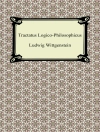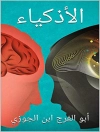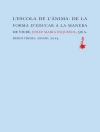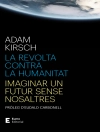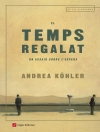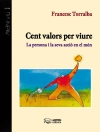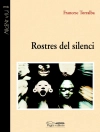This book critically engages with the idea of transparency whose ubiquitous demand stands in stark contrast to its lack of conceptual clarity. The book carefully examines this notion in its own right, traces its emergence in Early Modernity and analyzes its omnipresence in contemporary rhetoric. Today, transparency has become a catchword outplaying other Enlightenment values like empowerment, sincerity and the notion of a public sphere. In a suspicious manner, transparency is entangled in the discourses on power, surveillance, and self-exposure. Bringing together prominent scholars from the emerging field of Critical Transparency Studies, the book offers a map of the various sites at which transparency has become virulent and connects the dots between past and present. By studying its appearances in today’s hyper-mediated economies of information and by linking it back to its historical roots, the book analyzes transparency and its discontents, and scrutinizes the reasons why it hasbecome the imperative of a supposedly post-ideological age.
Table of Content
Chapter 1. Introduction; Emmanuel Alloa & Dieter Thomä. – Chapter 2. Not so Wicked Leaks; Umberto Eco. – Part I. Transparency In The Making .- 3. Transparency; Emmanuel Alloa.- 4. Seeing It All, Doing It All, Saying It All; Dieter Thomä.- 5. The Dream of Transparency; Manfred Schneider.- 6. The Unbounded Confession; Noreen Khawaja.- 7. Seeing It All; Miran Božovič.- 8. ransparency, Humanism, and the Politics of the Future Before and After May ’68; Stefanos Geroulanos.- Part II. Under the Crystal Dome .- 9. The Limits of Transparency; Amitai Etzioni.- 10. Publicity and Transparency; Sandrine Baume.- 11. Regulation and Transparency as Rituals of Distrust; Caspar Hirschi.-12. Not Individuals, Relations; Thomas Berns.- 13. Obfuscated Transparency; Dieter Mersch.- 14. The Privatization of Human Interests or, How Transparency Breeds Conformity; Thomas Docherty.- Part. III. From the Panopticon to the Selfie and Back .- 15. Transparency and Subjectivity; Vincent Kaufmann.- 16. Putting Oneself Out There; Jörg Metelmann & Thomas Telios.- 17. Interrupting Transparency; Clare Birchall.- 18. Virtual Transparency; Bernard E. Harcourt.- Index.
About the author
Emmanuel Alloa is Research Leader in Philosophy at the University of St. Gallen, Switzerland, and teaches aesthetics at the University of Paris 8. His work is located at the intersection of continental philosophy, aesthetics and social theory. He is the author of Resistance of the Sensible World. An Introduction to Merleau-Ponty (2017).Dieter Thomä is Professor of Philosophy at the University of St. Gallen, Switzerland, and the author of Troublemakers: A Philosophy of “puer robustus” (2019). He specializes in political philosophy, aesthetics and phenomenology, and has been a fellow at the Institute for Advanced Study in Princeton and at the Getty Research Institute.


